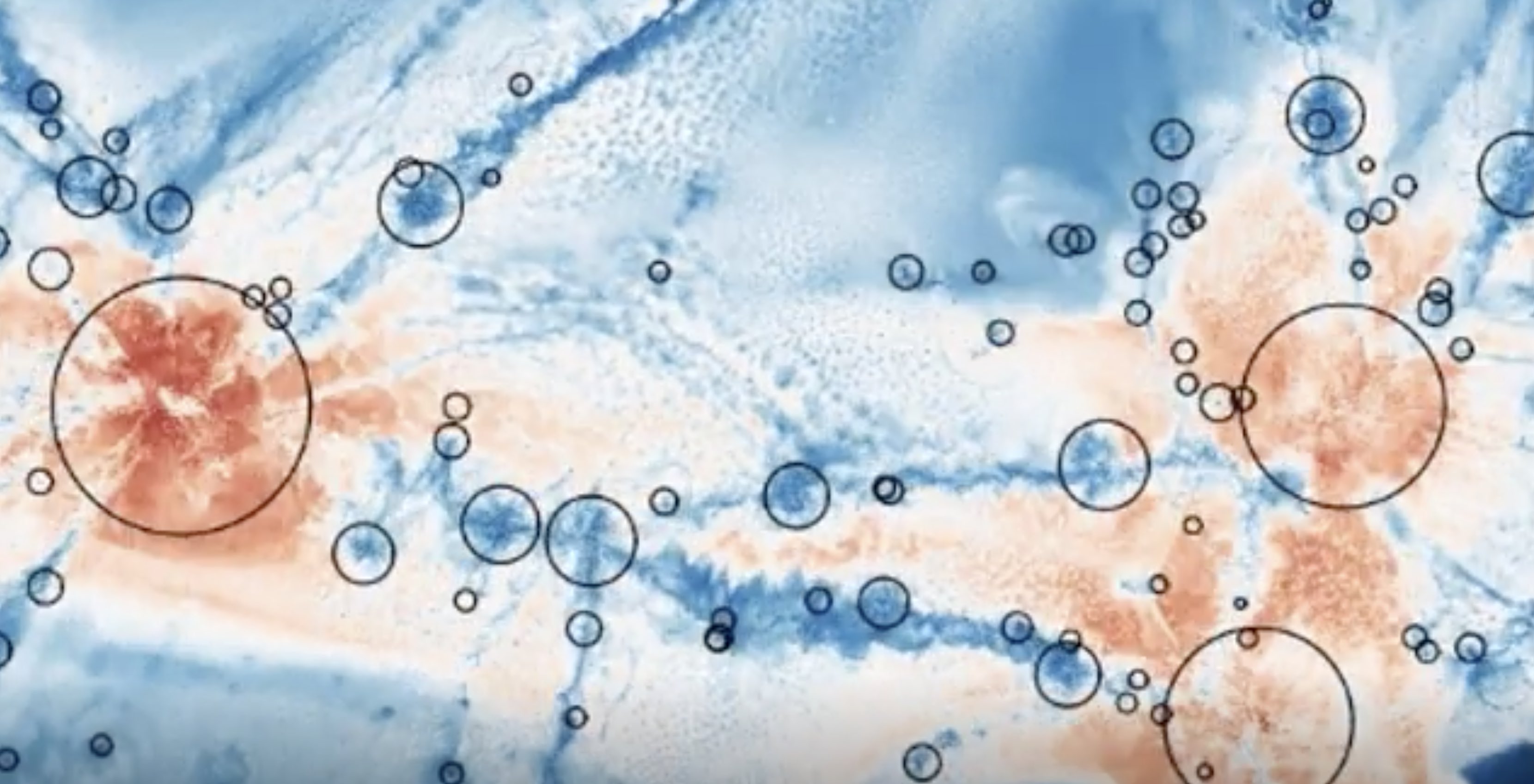Structures in the cosmic mist
The Milky Way has existed for at least 13 billion years. Since then, it has continued to produce more and more new stars; one generation gives way to the next. To do this, it needs gas – more than it contains itself. That applies to all other galaxies too. But where do the Milky Way, Andromeda, and their like find more gas? In the intergalactic medium, which, at first glance, looks like just empty space between the galaxies.
But these gigantic areas are not empty. They contain the intergalactic medium, mostly baryons (up to 80-90 percent, if the Big Bang theory is correct). This is matter that is not influenced by any system through gravity. However, as shown in a new study by an international research team, this matter is forming structures. Normally, the intergalactic medium (IGM) can only be observed indirectly – by the blocking effect it has on radiation from stars located behind the IGM. The researchers therefore selected to simulate the medium. In the computer simulation, they let two halos of matter (each surrounding a galaxy) interact across a megaparsec-long cosmic filament and observed the resulting structures.
The results surprised the astronomers. In the IGM, at first, flat, pancake-like structures formed, which extended over many millions of light-years. But the gas was also not uniformly arranged in these pancakes. Instead, small, discrete bubbles of relatively dense and cold (that is, non-ionized) gas formed like condensation nuclei in clouds. It was previously assumed that such structures could be produced due to the effects of being close to a galaxy but apparently it can also occur far away in the cosmic backwoods as a result of very efficient cooling of the gas. The researchers compared the process to the formation of mist in humid air. The discovery might explain why astronomers have recently discovered several dense, metal-free clouds of matter right in the middle of the IGM.

